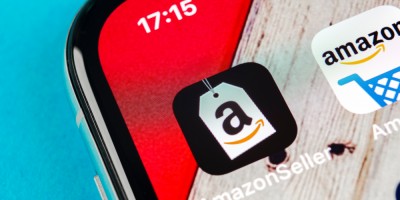-
葡萄牙
Startups and Trademarks
2 10 月 2019
- 知识产权
- 启动
Startups and Trademarks – Get it right from the Start
As a lawyer, I have been privileged to work closely with entrepreneurs of all backgrounds and ages (not just young people, a common stereotype on this field) and startups, providing legal advice on a wide range of areas.
Helping them build their businesses, I have identified a few recurrent mistakes, most of them arising mainly from the lack of experience on dealing with legal issues, and some others arising from the lack of understanding on the value added by legal advice, especially when we are referring to Intellectual Property (IP).
Both of them are understandable, we all know that startups (specially on an early stage of development) deal with the lack of financial resources and that the founders are pretty much focused on what they do best, which is to develop their own business model and structure, a new and innovative business.
Nevertheless it is important to stress that during this creation process a few important mistakes may happen, namely on IP rights, that can impact the future success of the business.
First, do not start from the end
When developing a figurative sign, a word trademark, an innovative technology that could be patentable or a software (source code), the first recommended step is to look into how to protect those creations, before showing it to third parties, namely investors or VC’s. This mistake is specially made on trademarks, as many times the entrepreneurs have already invested on the development of a logo and/or a trademark, they use it on their email signature, on their business presentations, but they have never registered the trademark as an IP right.
A non registered trademark is a common mistake and opens the door to others to copy it and to acquire (legally) rights over such distinctive sign. On the other hand, the lack of prior searches on preexisting IP rights may lead to trademark infringement, meaning that your amazing trademark is in fact infringing a preexisting trademark that you were not aware of.
Second, know what you are protecting
Basic mistake arises from those who did registered the trademark, but in a wrong or insufficient way: it is very common to see startups applying for a word trademark having a figurative element, when instead a trademark must be protected “as a whole” with their both signs (word and figurative element) in order to maximize the range of legal protection of your IP right.
Third, avoid the “classification nightmare”
The full comprehension and knowledge of the goods and services for which you apply for a trademark is decisive. It is strongly advisable for startup to have (at least) a medium term view of the business and request, on the trademark application, the full range of goods and services that they could sell or provide in the future and not only a short term view. Why? Because once the trademark application is granted it cannot be amended or added with additional goods and services. Only by requesting a new trademark application with all the costs involved in such operation.
The correct classification is crucial and decisive for a correct protection of your IP asset, especially on high technological startups where most of the time the high added value of the business arises from their IP.
On a brief, do not neglect IP, before is too late.
The author of this post is Josè Varanda


























